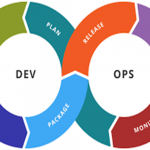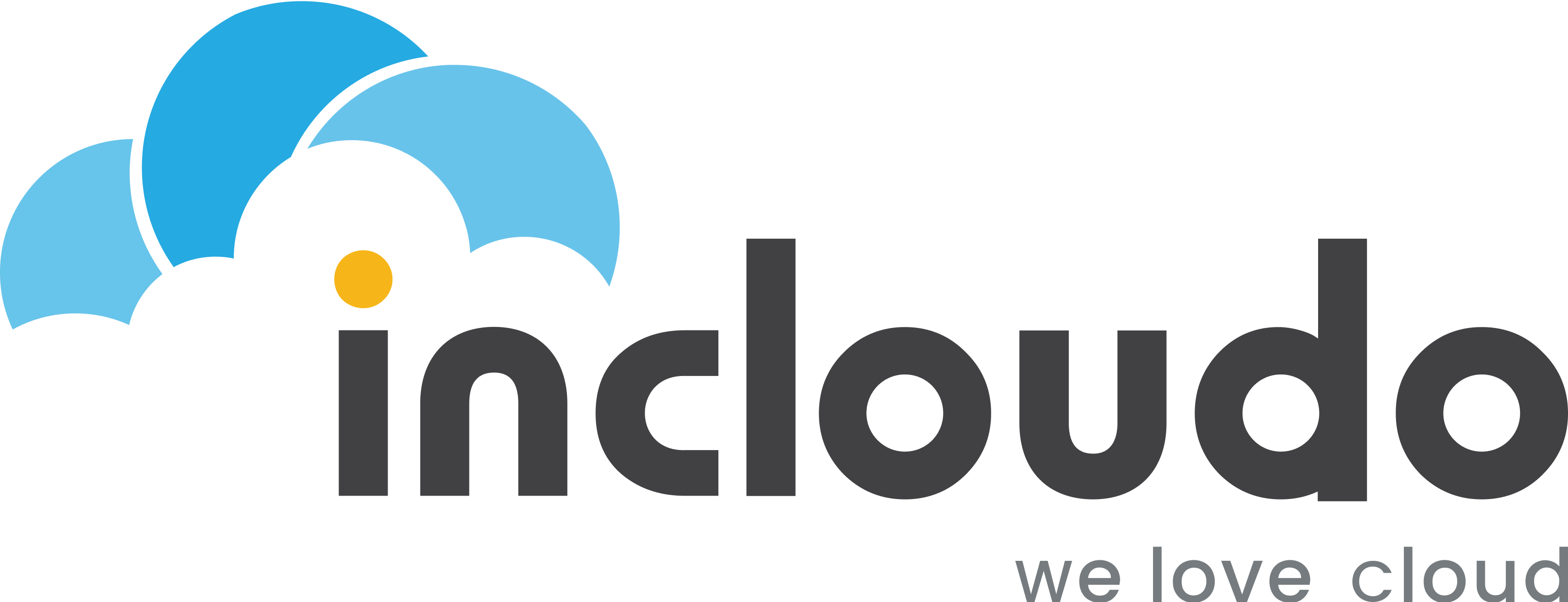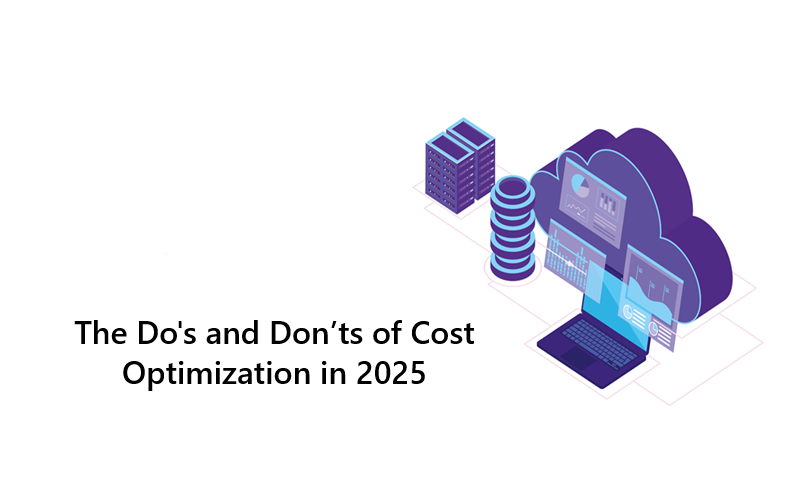
How Does DevOps Consulting Reduce Technical Debt And Cloud Costs Simultaneously?
August 18, 2025
Why DevSecOps? The Benefits of Embedding Security into Your Pipeline
September 12, 2025In today’s fast-moving world, businesses everywhere are looking for smart ways to grow strong with less doing. One of the biggest parts of that journey is cost optimization, which means spending money in the right places and cutting out waste, which helps you stay competitive without losing the quality of what you do. In this blog, we’ll walk through what cost optimization really means, the right ways to do it, and what to avoid, so you only put effort in the required areas.
What is Cost Optimization?
Cost optimization is a strategic process of managing expenses to maximize value and efficiency, along with achieving the goals of the business. It involves more than just saving money and effort, but it also means finding the best balance between how much you spend and the value you receive in return.
The method assists you in making wise investments of your money so that your business grows without waste. The focus of this strategy is to keep your services, products, and team strong, along with avoiding anything that drains your resources without helping.
The Do’s of Cost Optimization in 2025
Sometimes, we don’t make a plan ahead and invest in a rush, which not only leads to a waste of effort but also to a waste of money. That’s why, to save you from such a case, in this section, we will go through some helpful dos to follow if you want to make your cost optimization journey smooth and successful.
➔ Do: Start With a Clear Understanding of Your Spending
You can’t fix what you don’t know, right? That’s why the very first step in any cost-saving journey should be knowing exactly where your money is going. All you need to do is check your monthly bills, the budgets of your projects, the tools or apps you and your team have been using, and their actual impact on your business. Once you analyze the whole picture, it will be easier for you to spot what’s really impactful and what’s just a waste of money.
➔ Do: Focus on Long-Term Gains, Not Just Short-Term Savings
You are wrong if you have been thinking that cutting big costs will save you money, as they are not always the real cause. Investing in tools that may have a higher upfront cost but may save you money in the future is a smart move. For example, if you purchase a cost-effective and efficient system that seems overpriced now, but ultimately will result in cost savings due to decreased workload or electricity consumption, it has paid for itself.
➔ Do: Use Cloud-Based Tools for Flexibility and Control
Shaking hands with cloud platforms can really be beneficial for you because they allow you to pay for what you use, so you don’t invest in unused software. This is where Oracle cloud solutions come in to help you manage your data, apps, and storage in a smart and cost-effective way. In addition, they scale up or down as the requirements of the market change, which makes them perfect for 2025’s flexible work style.
➔ Do: Keep Your Team in the Loop
The decisions you might be making to reduce costs may have an impact on your team’s work, so it is vital to involve them in the discussion too. As they are also a factor in the business’s growth, you need to let them know what you are doing to change things and how that will benefit everyone in the future. When your people feel involved, they’ll also come up with great ideas for saving money themselves.
➔ Do: Track Progress and Make Adjustments Often
When you start saving money in certain areas, please don’t walk away from it. You should be consistently checking in on how it’s going, such as whether the new installation is really working for you, or whether the cheaper vendor is still providing the same quality. As you keep your eye on all this progress and continue to track them all, you can make little changes as needed and keep improving.
The Don’ts of Cost Optimization in 2025
The process of cost optimization isn’t just about doing the right things, as you also need to avoid some mistakes that might seem helpful at first, but actually make things worse in the long run. So, let’s take a closer look at what not to do.
➔ Don’t: Cut Corners That Hurt Your Quality
Your regular clients will know right away when your product or service is not what it used to be. So, if you are planning to cut on quality to save money, then drop this idea instantly.
Because if you use cheap materials, don’t follow the necessary steps, or work in a rush, then you could actually be losing business instead of gaining success. Your cost-cutting measures must not decrease the quality that your target customers are expecting from you.
➔ Don’t: Ignore Hidden Costs
Sometimes, the changes that appear to save money have unseen costs that pop up later. Take, for example, if you have been switching to a lower-cost software system.
It may seem like a good idea until you realize it takes your team twice as long to use, or it does not work with your other tools. Hence, go with tools that are effective for the long term, not the cheaper ones that require frequent, costly maintenance.
➔ Don’t: Lay Off Too Many People at Once
Downsizing indeed can be effective, but if you have been doing it quickly and more often, then it can do more harm than good. The decision may cause your team to feel scared, confused, or overworked. Though this is not going to be good for organizational morale or productivity, if you still want to downsize your team, then do it carefully and with a plan.
➔ Don’t: Rely on One-Time Fixes
Some businesses may save money one time and then feel that is enough, but you must understand that real cost optimization is a habit, and not a one-time occurrence. If you want to continuously improve as an organization, you must continually assess your expenses, check your tools, and analyze how well things are functioning.
➔ Don’t: Forget About Your Customer’s Experience
Sometimes, the companies are so focused on saving money that they forget for whom they are doing all this effort, of course, for their clients. If the installation of a new system or technique makes it difficult for your customers to contact you, then those savings are of no use. That said, targeted customers must always be your primary concern, because they have the most impact on the growth of your business.
Wrapping It Up: Cost Optimization That Works for You
Smart savings are not always easy, but when you do the right thing, you can improve your business without losing your identity. Remember, cost optimisation is about investing wisely, not just less spending, so look for tools and techniques with long-term impact, involve your team, and consider the quality of experience.
Whether cloud service, cutting out waste, or changing your way of working, you should always be motivated to create a better version of your business that is more efficient. Small stages, be agile, now is the time to learn and better your work, with learning based on your results.



